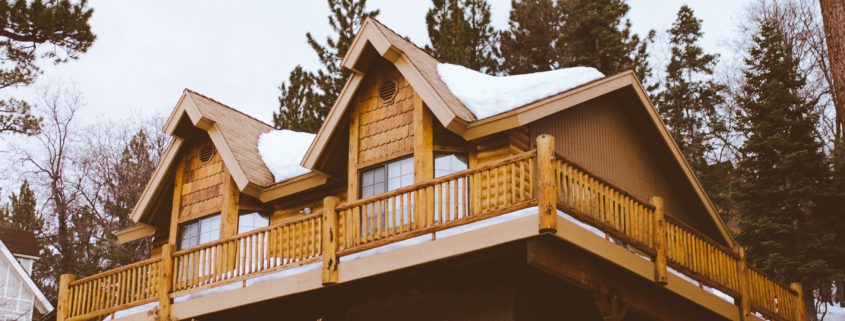The Importance of Air Sealing your Modular Home
Reducing the amount of air that leaks out of your home is one of the most important steps for a homeowner or a contractor should take. It is the most cost-effective way to cut heating and cooling costs, as well as improve durability and comfort.
What Could Happen if you Don’t Seal your Home Properly?
Air leakage occurs when outside air enters, and conditioned air leaves your house through the cracks and openings. A leaky house causes higher energy bills and allows in excess moisture and contaminants. This could potentially help allow the air to flow, and heat to escape, in the middle of the colder seasons.
How to Properly Air Seal
Modular homes that are properly air sealed is more energy efficient than a traditional, site-built home. These are the places contractors check to seal out air:
- Interior marriage wall
- Basement and attic marriage wall
- Exterior marriage wall
- Exterior still plate
- Exterior bands
The most common infiltration paths include access to the attic and any air that can enter the modular home’s envelope. Insulation is important, but you still must air seal first, to make sure your home is energy efficient as well as comfortable. Three of the most common, and most high-quality materials are used to air seal a home:
- High-quality acrylic-latex caulk.
- Fire-rated caulk.
- Expandable polyurethane foam for the larger gaps.
Minimizing air movement in and out of your new modular home is key to building an energy-efficient modular home. We always emphasize air sealing to our contractors, and our manufacturers make sure to always inspect each step while building the modular homes within their factories.




